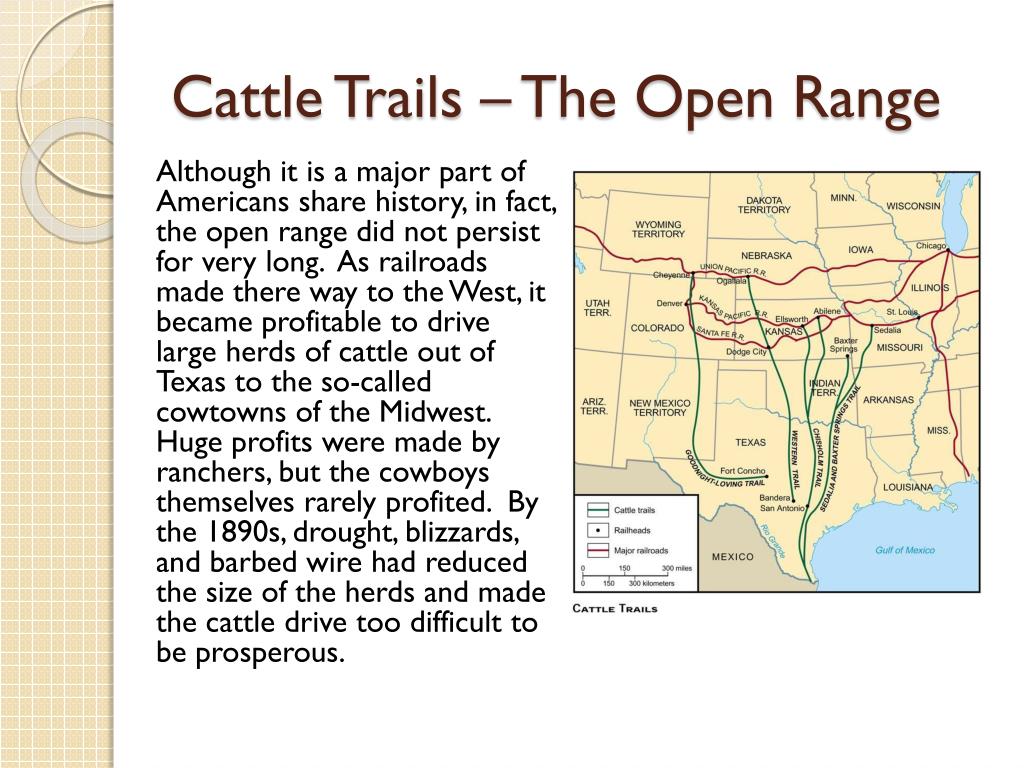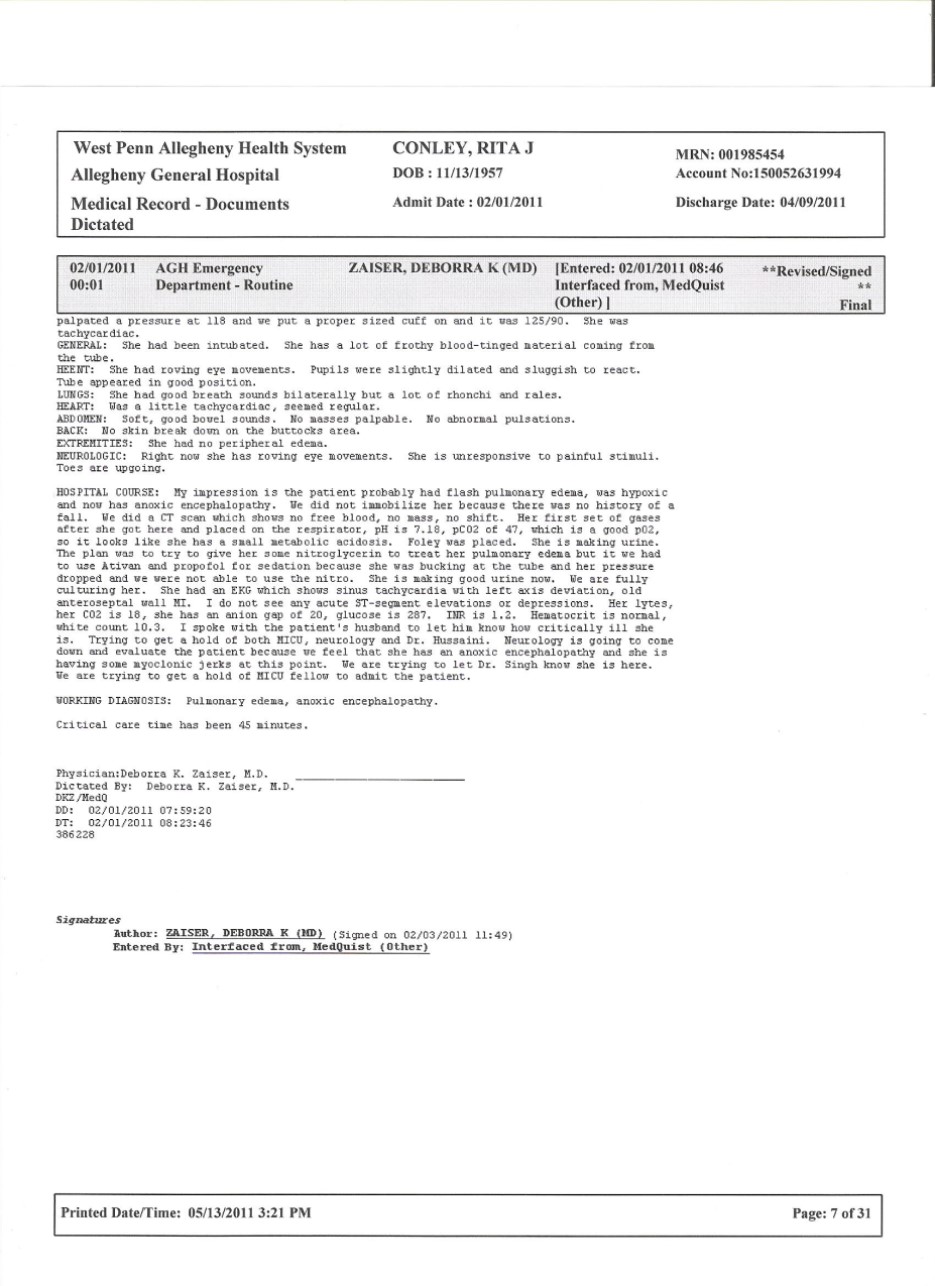

These are the forces-sometimes called “laws”-of supply and demand. That is, people are willing to pay more for things that are rare or hard to get. When goods or services are scarce, prices rise. When goods or services become more plentiful, prices for them generally fall. Read “The Wyoming Cattle Boom 1868-1886” Exercises The article may be demanding for 6th and 7th graders. The article linked below, “The Wyoming Cattle Boom, 1868-1886,” offers substantial background on the topic for teachers and for students 8th grade and up.

The big boom busted, following a pattern that would become familiar in the coming century in an economy based heavily on natural resources. Soon, however, a weakening market and the overstocked range could not withstand two years of drought followed by a terrible winter. For a short time it seemed as if every investor got rich. Cattle poured in from Texas and Oregon, and capital poured in from Britain and the American Northeast. But the boom came in the decades after the Union Pacific Railroad connected Wyoming ranges to eastern markets. The business dates to the 1850s, when a few entrepreneurs paid westbound emigrants for worn-out cattle, and then fattened them for resale.
When in texas history did cattle become big business free#
Grass was free and profits were enormous in the cattle business in Wyoming Territory-for a while.

Question: How did economic growth affect the quality of life within the U.S.? Area 7: Industrialization and Progressivism (1880s-1920s)


 0 kommentar(er)
0 kommentar(er)
